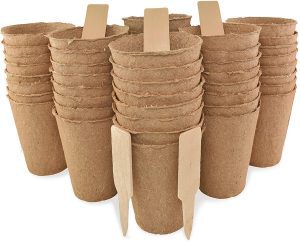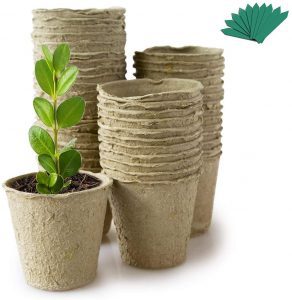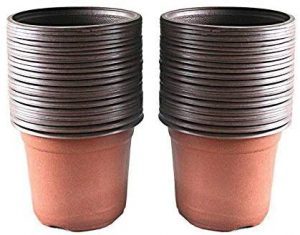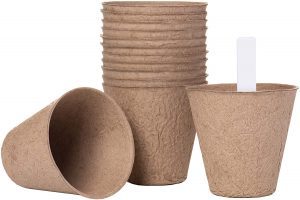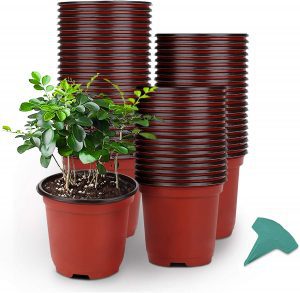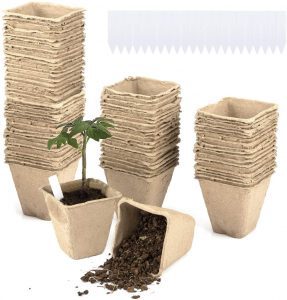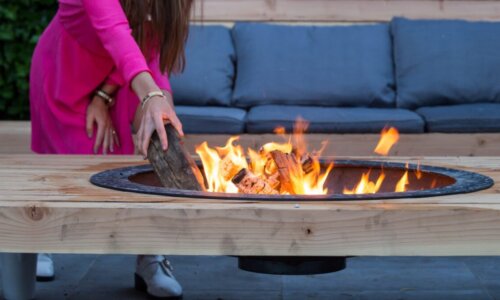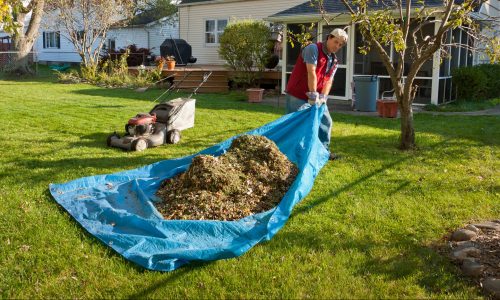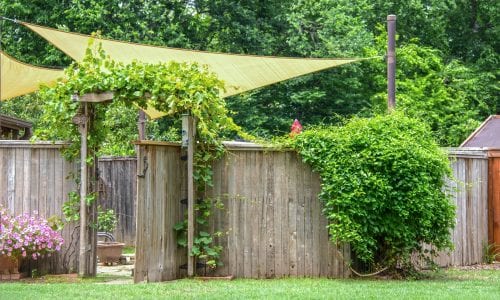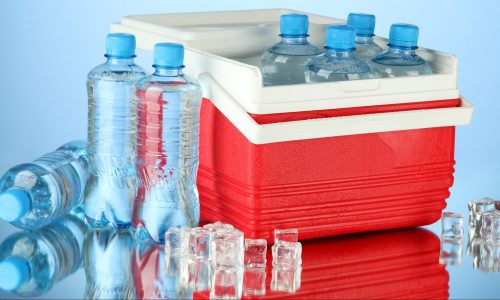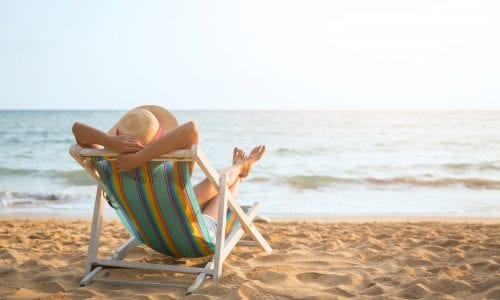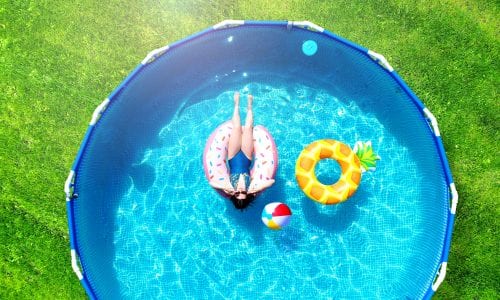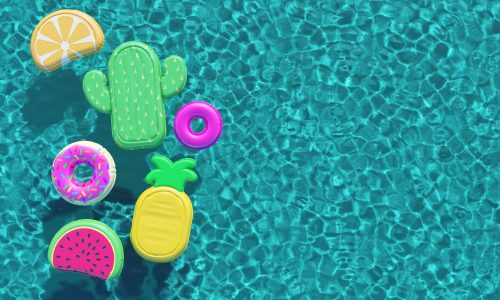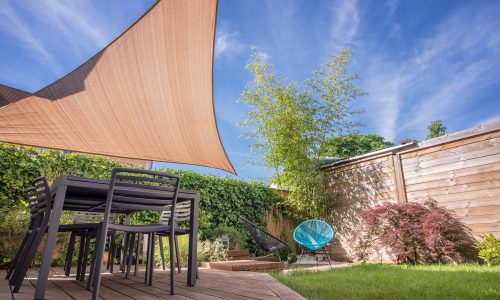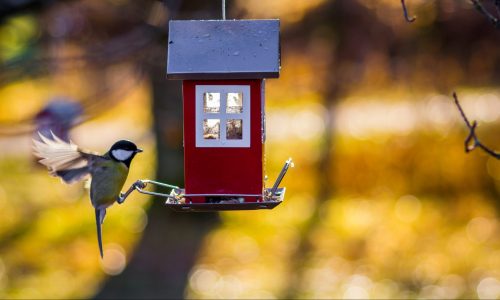The Best Seed Pots
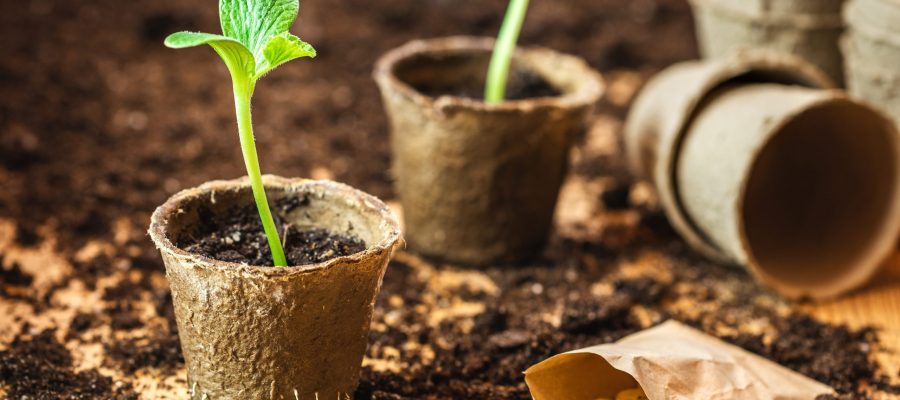
Our Review Process
Don't Waste Your Money is focused on helping you make the best purchasing decision. Our team of experts spends hundreds of hours analyzing, testing, and researching products so you don't have to. Learn more.
Our Picks For The Top Seed Pots
- 1. Daniel’s Plants 3-Inch Diameter Biodegradable Organic Peat Seed Pots, 60-Pack
- 2. GROWNEER 2.4-Inch Diameter Mini Organic Peat Seed Pots, 60-Pack
- 3. KINGLAKE 4-Inch Diameter Reusable Plastic Seed Pots, 100-Pack
- 4. Garden Growers 3.13-Inch Diameter Wood Pulp & Peat Seed Pots, 60-Pack
- 5. GROWNEER 4-Inch Diameter Bulk Lightweight Plastic Seed Pots, 120-Pack
- 6. Cosweet 3-Inch Diameter Biodegradable Square Peat Seed Pots, 100-Pack
This set includes 60 organic peat pots to help you protect your plants and the environment at the same time. Each pot is 3 inches in diameter, making them perfect for starter plants, whether they’re flowers or vegetables. The design promotes aeration to help reduce the risk of root damage when moving a plant from one location to another.
Perfect for TransplantingIf you regularly need to move plants from one location to another, these peat plots are great to help prevent damage.
A set of 60 peat pots gives you all the tools you need to move plants from one location to another. Each pot measures 2.4 inches in diameter, so this is best for smaller plants and seedlings. The material is organic, so it is a great eco-friendly solution that will help you fulfill your gardening needs.
Start Your VeggiesWith these peat pots, you get a design that’s ideal for planting seedlings and leaving them in the ground, where they biodegrade.
A full set of 100 pots will give you plenty to work with as you’re nurturing your garden. Each pot is 4 inches in diameter, with a height of 3.5 inches. Drain holes will ensure water doesn’t collect around the roots while also encouraging air circulation.
Makes It EasyThe squeeze-friendly design of these seed starter pots make it easy to get all the dirt and roots out.
These compostable planting pots are made from peat and wood pulp for a sustainable but effective solution. The material is breathable to help protect your plants as you’re moving them, and the pots themselves break down, becoming soil as your plant grows and thrives. Each pot is 3⅛ inches in diameter and you’ll get 60 in one set.
For BeginnersThis set of 60 pots comes with labels to let you label your seedlings to make it easy to see types, dates and care requirements.
Buying Guide
Whether you’re new to gardening or a dedicated horticulturist, a good selection of seed pots can come in handy. Once used solely to store seeds, these containers have stuck around over the years as a safe, easy way to move plants from one location to another.
One of the best uses for seed pots, though, is to get a plant growing indoors and move it outdoors once it’s gotten a good head start. Getting the timing right can be tricky, though. The best time to start an indoor seed pot depends on when it will be safe to move that plant outdoors. Quick-growing plants like lettuce can be moved only two weeks after you’ve planted the seeds, while longer-germinating plants like peppers and eggplants can stay inside as long as eight weeks.
The problem is, plants that remain indoors too long can sometimes fail to thrive once transplanted. So if you start your plant, only to get an unexpected freeze outdoors when you were planning on making the move, you could get yourself in trouble. It’s best to play it as safe as possible when timing out your indoor planting to ensure your transplant is successful.
The move itself can cause similar problems. You’ll need the right seed pot that gives enough room for your plant to form roots without being crowded. You’ll also have to make sure your plant gets the right amount of light and water while it’s indoors, and that it’s planted in the right location once you’ve moved it outdoors.
The ideal germination period, lighting and moisture conditions can vary from one plant type to another, so it’s important to research each plant carefully before getting started. If one of your plants fails to transplant properly, don’t give up. Simply try again, putting the lessons you learned toward becoming the gardener you’re meant to be.
What to Look For
- Seed pots are often sold in large quantities. If you’re just getting started, hold on to all the extras for future use.
- You’ll see a wide variety of sizes when you’re choosing seed pots. It’s important to find one that’s large enough for your roots to spread out without being so large that it promotes root rot.
- Many seed pots sold today are compostable, which means you can simply plant the pot in the dirt and let it decompose naturally. It becomes part of the surrounding soil. Since moving a plant from the pot to the ground can damage it, this is an eco-friendly solution that also makes life easier.
- A good pot will have drain holes to ensure plenty of air gets to the soil while letting excess water drip out. This can be messy, but it’s a great way to keep your seedlings safe while they’re growing.
- With some pots, a flexible design lets you squeeze the soil out to more easily move the plant from the pot to the ground. This will save you the headache of trying to dig the seedling out safely while also providing a safe way to store it while it’s growing.
- Some seed pots ship with labels included for easily labeling your pots. This can come in handy for logging the type of plant in each pot, as well as information like the date you planted it, the water and lighting requirements and any other notes that will help you as you prepare to transplant your plant outside.
- If you go with a pot that doesn’t biodegrade, you might want to reuse it later. Some seedling pots are sturdy enough to let you wash and reuse them, providing an eco-friendly solution that will save you money and time later.
More to Explore
Gardening has long been associated with homeownership. But in recent years, people have found inventive ways to allow city dwellers to enjoy the thrill of growing their own plants and food.
Community gardens give multiple people access to the soil they need to garden. They can exist in a neighborhood, a city or a regional area, with owners setting the rules for who can plant what and how boundaries are established. You’ll likely be given a specific area that’s yours to use, and access will probably be restricted to outsiders.
One of the most prevalent types of gardens in big cities is the rooftop garden, which is specific to an apartment or condo. These community gardens give residents a way to grow and cultivate plants while also providing an eye-pleasing escape from sidewalks and concrete.

